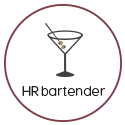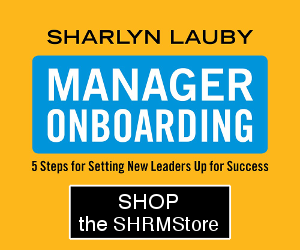Regular HR Bartender readers know I’m a football fan. And a fantasy football fan. While I don’t have a team this year (moving to North Florida interrupted my plans), I’m still kinda, sorta following along from the sidelines. But it wasn’t until I saw this infographic from OppLoans that I realized just how big fantasy football is. And how, what I perceived as being “just a game”, could impact the workplace.
Almost everyone who plays fantasy football works on their team during the workday. Almost 75 million Americans play fantasy football and, of those, 97 percent admit to spending work time on their teams. Obviously, this is a productivity issue for businesses. But before issuing a “Don’t play fantasy football at work!” memo, think about 1) are there other activities that employees are guilty of doing at work? and 2) is there some way to turn this into office fun?
Cheating and bribing happen. I don’t know any other way to say it. Fantasy football involves a fair amount of cheating and bribing. OppLoans in their write-up about the infographic expressed surprised at this. I have to admit, I’m surprised too. Do organizations need to be concerned about this? Do employees know that this is a game, so cheating and bribing isn’t a big deal? Or do we need to worry about employee behavior in the workplace? I don’t know the answer, but it did prompt me to wonder about it.
Good natured fun can bring people together. Or not. Fantasy football isn’t always about betting and money. Some fantasy teams just play for bragger’s rights and the losers end up taking the brunt of some jokes. This can be a wonderful opportunity for some team fun. As long as everyone is up for the ribbing. That’s the important thing. Everyone on the team has to agree to the terms of engagement and the consequences. I saw on the infographic that some losers get tattoos specified by the winner and thought to myself…um, no.
Games like fantasy football can be wonderful opportunities to bring people together or, depending on how they are organized, pull people apart. My takeaway from this infographic is that companies need to think about how games and activities impact the workplace. Sometimes in an effort to create fun, we could be creating something that employees really dread.
13








